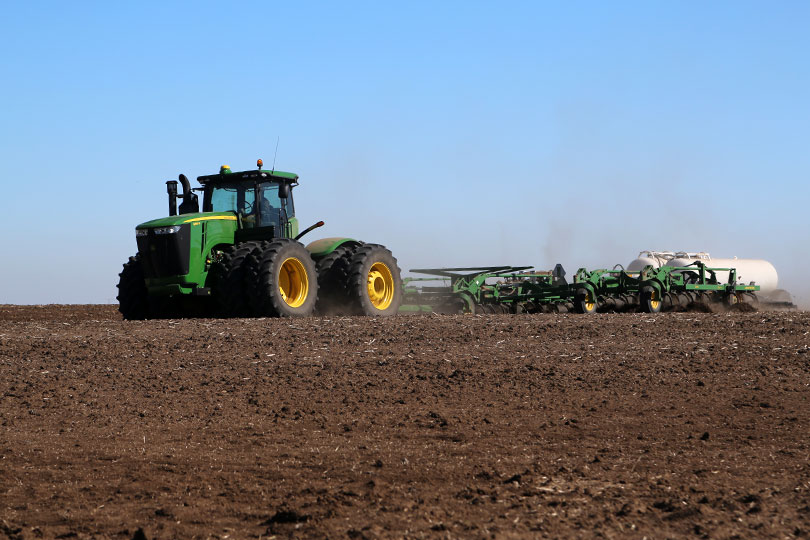The U.S. Department of Agriculture (USDA) announced it will support additional fertilizer production for American farmers to address rising costs, including the impact of Putin’s price hike on farmers, and spur competition. USDA will make available $250 million through a new grant program this summer to support independent, innovative and sustainable American fertilizer production to supply American farmers.
To address growing competition concerns in the agricultural supply chain, USDA will launch a public inquiry seeking information regarding seeds and agricultural inputs, fertilizer and retail markets.
“Recent supply chain disruptions from the global pandemic to Putin’s unprovoked war against Ukraine have shown just how important it is to invest in this crucial link in the agricultural supply chain here at home,” U.S. Secretary of Agriculture Tom Vilsack said. “As the president said [at the State of the Union], we are working to rebuild the economy towards resilience, security and sustainability, and this support to provide domestic, sustainable and independent choices for fertilizer supplies is part of that effort.”
Fertilizer prices have more than doubled since last year due to many factors, including Putin’s price hike, a limited supply of the relevant minerals and high energy costs, high global demand and agricultural commodity prices, reliance on fertilizer imports and lack of competition in the fertilizer industry.
The United States is a major importer and dependent on foreign fertilizer and is the second or third top importer for each of the three major components of fertilizer. The top producers of the major components of fertilizer include China, Russia, Canada and Morocco, with Belarus also providing a significant share of potash/
USDA will use funds from the Commodity Credit Corporation (CCC) set aside in September for market disruptions to develop a grant program that provides “gap” financing to bring new, independent domestic production capacity on-line—similar to the recently announced meat and poultry grants that are designed to promote competition and resilience in that sector.
The new program will support fertilizer production that is:
- Independent – outside the dominant fertilizer suppliers, increasing competition in a concentrated market;
- Made in America – produced in the United States by domestic companies, creating good-paying jobs at home and reducing the reliance on potentially unstable or inconsistent foreign supplies;
- Innovative –improve upon fertilizer production methods to jump start the next generation of fertilizers;
- Sustainable – reduces the greenhouse gas impact of transportation, production, and use through renewable energy sources, feedstocks, formulations, and incentivizing greater precision in fertilizer use;
- Farmer-focused – like other Commodity Credit Corporation investments, a driving factor will be providing support and opportunities for U.S. agriculture commodity producers.
Details on the application process will be announced in the summer, and the first awards are expected to be distributed before the end of 2022.
“Concentrated market structures and potentially anticompetitive practices leave America’s farmers, businesses and consumers facing higher costs, fewer choices and less control about where to buy and sell, and reduced innovation—ultimately making it harder for those who grow our food to survive,” Vilsack said. “As I talk to farmers, ranchers and agriculture and food companies about the recent market challenges, I hear significant concerns about whether large companies along the supply chain are taking advantage of the situation by increasing profits—not just responding to supply and demand or passing along the costs.”
USDA will seek information specifically on:
- fertilizer
- seed and agricultural inputs, in particular as they relate to the intellectual property system.
- retail, including access to retail through wholesale and distribution markets.
The comment period will be open for 60 days once the requests for information are published in the Federal Register, and upon which time comments can be submitted to regulations.gov. In the interim, the requests for information will be made available at ams.usda.gov/about-ams/fair-competitive/rfi.
USDA will use the comments received to develop reports mandated under the Competition E.O., and to develop policies relating to fair and competitive markets, supply chain resiliency, pandemic response, local and regional food systems, and other areas. Subsequent actions may range from new grant and loan programs to additional rules and regulations under the Packers and Stockyards Act of 1921 and other relevant laws to increase fairness and competition in American agricultural markets.
More information about this request for information is available at ams.usda.gov/about-ams/fair-competitive.

